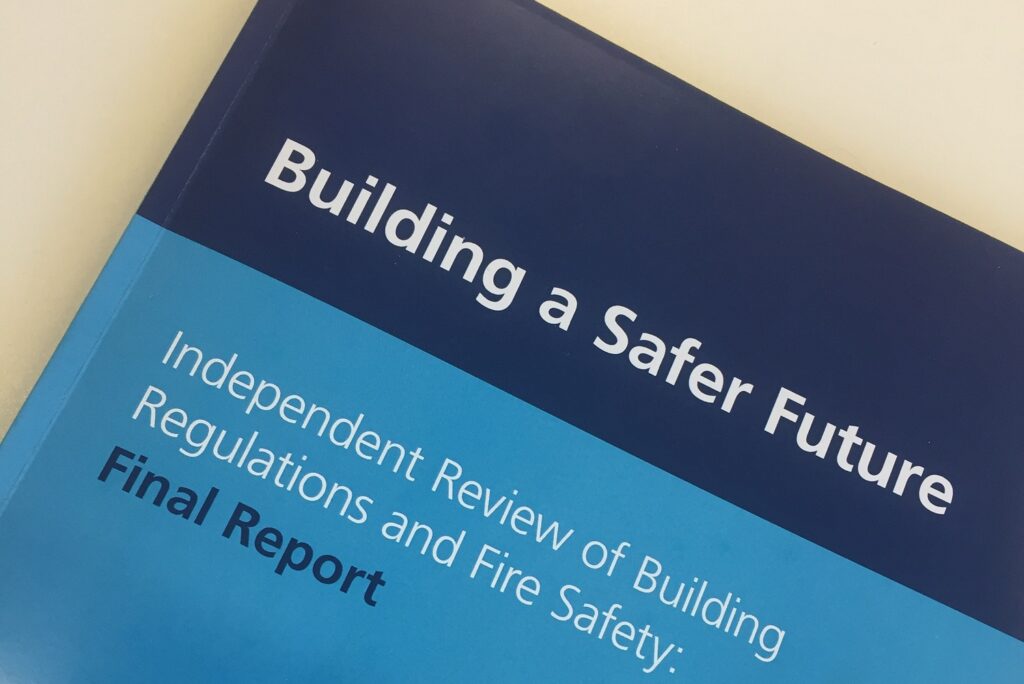
Post Grenfell – Available Solutions for Building a Safer Future
On 23rd July 2020, I was fortunate enough to be invited to attend a webinar on the subject of “Quality in Construction”. This excellent webinar was presented by Dame Judith Hackett and hosted by the Leicester and Coventry Branch of the Chartered Quality Institute.
Dame Judith used the webinar to present the background and findings of her published report which seeks to learn from and implement a new regulatory regime in response to the tragic Grenfell disaster with the aim of stopping a similar disaster occurring in future.
There were many insights in the webinar slides, some of which struck a particular chord with me, specifically the need to,
“Focus on delivering quality buildings which are safe and feel safe to live in.”
I though this perfectly summed up Dame Judith’s key message, there can be no excuses for the construction of unsafe poor quality buildings.
As a construction quality practitioner with over 20 years of working within the UK Major Infrastructure Project sector, I believe that some of the solutions to the issues raised in this webinar already exist within this section of the industry. Taken from the webinar slides, the specific issues I am referring to are that :-
-
Design change management and record keeping is poor, both during construction, occupation and refurbishment.
-
Product testing, marketing, labelling and approval processes are flawed, unreliable and behind the times.
-
Assurance and proof of quality will be required by clients
-
Building owners, occupiers and financiers will demand proof of quality and competence.
In the Major Infrastructure Project sector, dating back to the Channel Tunnel Rail Link in the early 2000s, we have operated robust processes for design management, materials testing and approval, progressive assurance and product certification. If you remove the rail related systems from a station (track, platforms, signalling, etc.) the remainder of the structure is directly comparable with a complex building in terms of materials used, trades employed and mechanical and electrical systems installed.
As the processes developed for Major Infrastructure Projects have been demonstrated as being capable of successfully managing the construction, delivery and handover into service of safety critical rail projects I would contend that they would, if implemented in the building sector, resolve the issues listed above.
More work needs to be done to see which of these major infrastructure project processes can be effectively amended for use in the building sector of the construction industry to ensure that the failings outlined in the Hackett Report are effectively addressed or eliminated.
This is a challenge I am currently working on.
